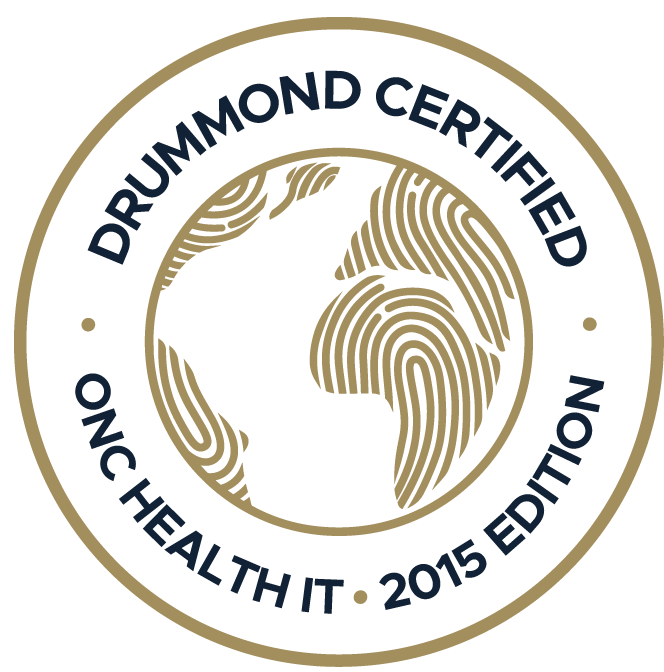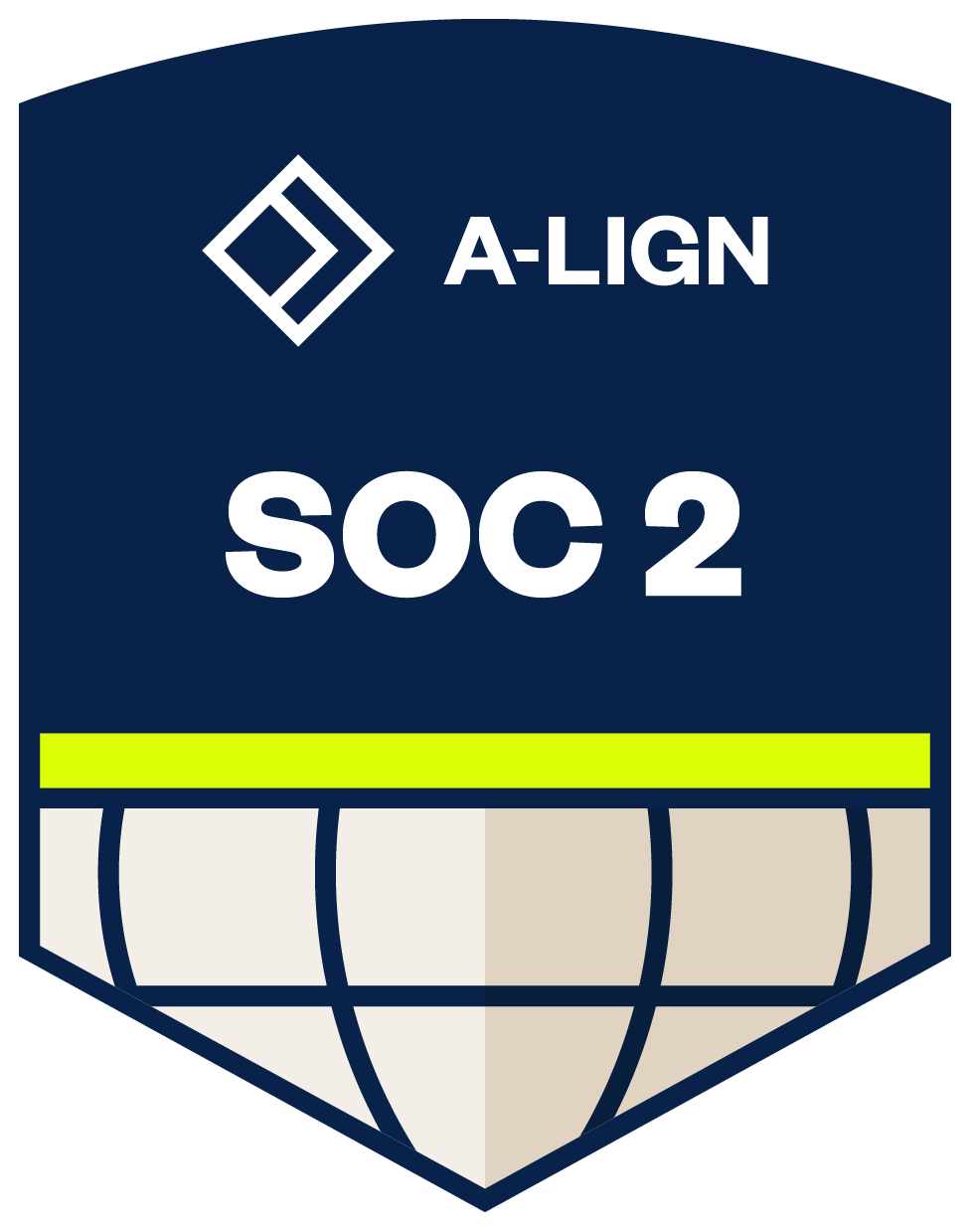Effective use of an EHR dashboard can boost your practice efficiency by up to 40%. While forward-thinking practices have already begun adopting single-point dashboards, many still limit their use to surface-level...
Did you know that effectively tracking key performance indicators (KPIs) can lead to significant enhancements in practice efficiency and patient care? The key to performance boosting is being able to pinpoint exactly where your healthcare practice excels and where it needs improvement. That’s why KPIs have transformative power in healthcare settings.
For healthcare providers, especially those using EHR systems, monitoring the right KPIs is crucial. These indicators can range from patient wait times to the accuracy of medication management, providing a comprehensive view of practice performance. By focusing on these KPIs, practices can identify strengths and areas needing improvement, which will ultimately lead to better patient outcomes and operational efficiency.
In this blog, we will explore the top EHR KPIs to track for optimal performance and discuss how Practice EHR can assist in seamlessly monitoring these key performance indicators, ensuring that your practice operates at its best.

1. Monitoring Appointment Status
Monitoring appointment status is one of the crucial key performance indicators for optimizing practice operations. Imagine a clinic where appointment statuses are not tracked effectively. Patients frequently miss appointments, leading to wasted time slots and reduced revenue. Practices can identify patterns and take corrective actions by tracking appointments as seen, no-show, canceled, or rescheduled.
For example, a clinic noticing high no-show rates might implement reminder calls or texts, significantly reducing missed appointments. This proactive approach improves patient care continuity and ensures the clinic runs efficiently. By leveraging EHR software like PracticeEHR, practices can easily monitor these key performance indicators, improving overall performance and patient satisfaction.
2. Copay Collection
Tracking copay collection is necessary for maintaining a steady revenue stream. Imagine a clinic where copays are inconsistently collected, which then leads to financial shortfalls and administrative headaches. By diligently monitoring copay collection, practices can make sure they receive the funds needed to cover operational costs.
For example, a practice using EHR software like PracticeEHR can set up automated reminders for patients to pay their copays at the time of service. This approach reduces outstanding balances and enhances cash flow. Effective copay tracking not only improves financial health but also helps build trust with patients by guaranteeing transparent and timely billing processes.
3. Visit Counts
Visit counts offer valuable insights into a practice's performance and patient engagement. For example, consider a clinic noticing a drop in visit counts over several months. By analyzing these numbers through their EHR software, they identify a seasonal trend and adjust their marketing and patient outreach efforts accordingly.
A practice using PracticeEHR can easily track and analyze visit counts, helping them understand patient flow and identify peak times. This information also allows them to optimize scheduling, allocate resources more effectively, and ultimately improve patient care. Monitoring visit counts provides a clear picture of a practice's operational health, allowing for informed decision-making.
4. Visits by Payer Type
Tracking visits by payer type can help understand the financial dynamics of a practice. For example, a clinic might notice a higher number of visits from patients with a specific insurance provider. This insight allows the practice to negotiate better rates with that provider or tailor services to meet the needs of those patients more effectively.
Using Practice EHR, practices can easily categorize and analyze visits by payer type. This information helps in financial planning, identifying trends, and ensuring a balanced patient mix. By understanding the distribution of visits across different payer types, practices can make more informed decisions to improve revenue and optimize resource allocation.

5. Payments Collected
Tracking payments collected is important for maintaining a healthy cash flow in any healthcare practice. For example, a clinic using PracticeEHR can promptly monitor real-time data on payments received and promptly identify any delays or discrepancies. This helps in making sure that the practice’s finances remain stable and predictable.
So, when a clinic notices a decline in payments collected from a particular insurance provider, by identifying this trend early through their EHR software, the clinic can investigate and address the issue with the insurer, guaranteeing that revenue remains consistent. Accurate tracking of payments collected helps practices stay financially strong and efficient.
Conclusion
Tracking key performance indicators has become crucial for any healthcare practice to guarantee optimal performance. By monitoring appointment statuses, copay collection, visit counts, visits by payer type, and payments collected, practices can gain valuable insights and improve efficiency.
PracticeEHR offers valuable tools to help manage these KPIs effectively, empowering practices to improve patient care and streamline operations. Embracing these KPIs with Practice EHR will lead to a more organized and productive healthcare environment. Schedule a free demo with us today!
Topics: Patient Care, EHR Solution, Specialty-Specific EHR, digital age, Industry Update, Medical Billing, Medical billing services, RCM, EHR, Technology in Healthcare, Kiosk, EHR Features, EHR KPIs
RECENT POSTS



TOPICS
- EHR Solution (192)
- EHR (127)
- digital age (119)
- Patient Care (117)
- Medical Billing (112)
- Specialty-Specific EHR (112)
- Industry Update (98)
- Technology in Healthcare (84)
- EHR Features (79)
- Small Practice (78)
- Medical billing services (74)
- Integrated EHR (63)
- RCM (63)
- HIPAA Security (62)
- New Technology (44)
- Cloud-based EHR (43)
- Telemedicine (43)
- Healthcare Office Management (40)
- Practice EHR News (38)
- Kiosk (31)
- Revenue Cycle Management (28)
- AI Solutions (25)
- ePrescribing (21)
- AI Scribing (17)
- Best EHR Software (17)
- Practice Management Software (13)
- AI-powered Medical Billing (12)
- EMR (12)
- AI EHR (11)
- Practice Automation (11)
- TeleVisit (11)
- Client Favorites (10)
- The ONE (10)
- AI Scribe (9)
- Switching to New EHR (9)
- Best EHR Practice (8)
- EHR Integration (8)
- MACRA/MIPS (8)
- Patient Portal (8)
- Psychiatry EHR (8)
- Urgent Care (8)
- AI scanning (7)
- Automated Health Tools (6)
- E-Prescribing (6)
- Medical Practice Management Software (6)
- Product Updates (6)
- events (6)
- MIPS (5)
- Mobile EHR (5)
- Family Medicine EHR (4)
- HIPAA (4)
- Insider (4)
- Integrated Practice Management (4)
- Internal Medicine EHR (4)
- MIPS Reporting (4)
- Multilingual AI Scribe (4)
- Orthopedics EHR (4)
- Podiatry (4)
- Podiatry EHR (4)
- Regulatory Updates (4)
- Telehealth Platform (4)
- Telehealth Platforms (4)
- Chiropractic EHR (3)
- Digital Experiences (3)
- EHR Flaws (3)
- EHR Implementation (3)
- EHR for Chiropractors (3)
- EHR for Small Practices (3)
- Eligibility Verification in Medical Billing (3)
- Medical Coding Services (3)
- Patient Check-in Kiosk (3)
- PracticeEHR GO App (3)
- Automated EHR (2)
- Cash Flow (2)
- Cashless Payments (2)
- Clearinghouse (2)
- Dermatology EHR (2)
- EHR Scheduling (2)
- Family Medicine (2)
- Foot and Ankle Care (2)
- Foot and Ankle EHR (2)
- Health records 101 (2)
- Healthcare Compliance Certification (2)
- Medical Billing Partner (2)
- Medical Credentialing (2)
- Pediatrics EHR (2)
- Quality of Patient Care (2)
- Reporting Under MIPS (2)
- Risk and Liability in Medical Settings (2)
- Voice-Activated AI Scribe (2)
- What Works Clearinghouse (2)
- ACA Subsidy (1)
- AI Scan (1)
- AI Scribe for Pediatric Care (1)
- Bariatric EHR (1)
- Behavioral Health Practices (1)
- Billing Communication (1)
- Billing for Private Practices (1)
- Cardiology EHR (1)
- Charting (1)
- Data Security (1)
- Dos and Don'ts (1)
- EHR Dashboard (1)
- EHR Guides (1)
- EHR KPIs (1)
- EHR Questions to Ask (1)
- EHR Transition (1)
- EHR for Chronic Illness (1)
- EMR vs EHR Difference (1)
- ENT EHR (1)
- Endocrinology EHR (1)
- Gastroenterology (1)
- Gastroenterology EHR (1)
- General Surgery EHR (1)
- Geriatric AI scribe (1)
- Geriatrics EHR (1)
- Guides (1)
- Healthcare Practice Office Management (1)
- Help Center Videos (1)
- Insurance Reimbursement (1)
- KPI (1)
- Key Performance Indicators (1)
- Lab Processing (1)
- MACRA (1)
- Nephrology EHR (1)
- Neurology EHR (1)
- Pain Management EHR (1)
- Patient Behavior (1)
- Pediatric Care (1)
- Physical Therapy EHR (1)
- Practice Cash Flow (1)
- Practice Efficiency (1)
- Pulmonology EHR (1)
- Reconsider Your EHR (1)
- Simplify Practice Management (1)
- Staffing in Healthcare (1)
- Switch Medical Billing Providers (1)
- Urgent Care Medical Billing (1)
- Urology EHR (1)
- insurance claim denials (1)








